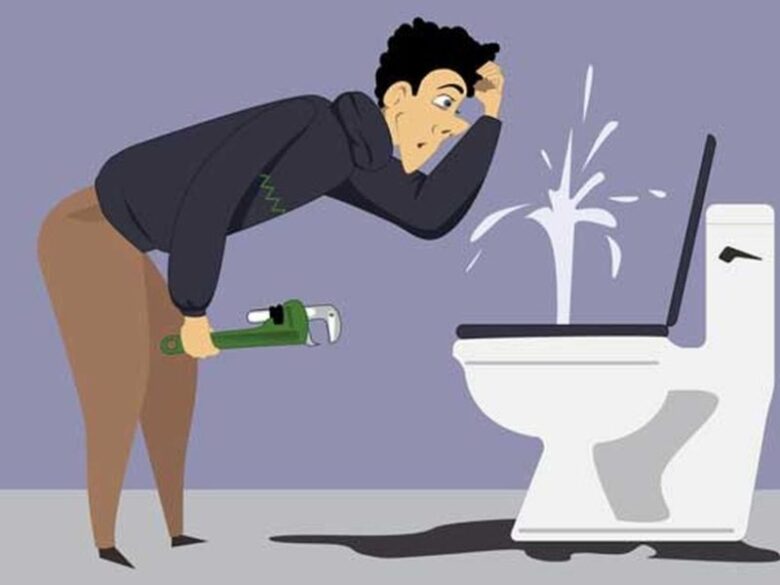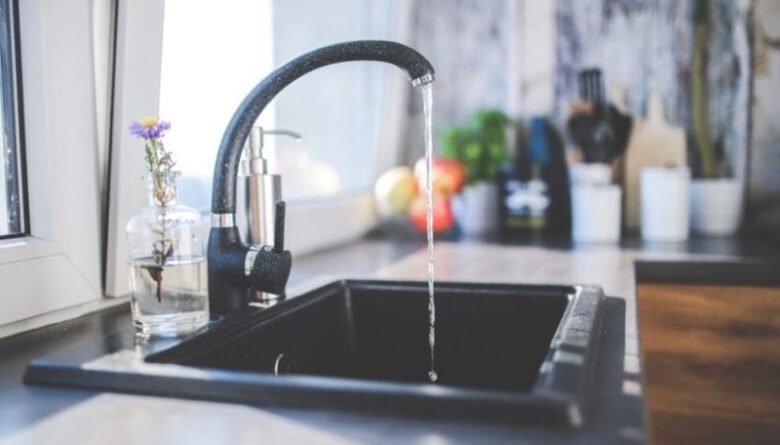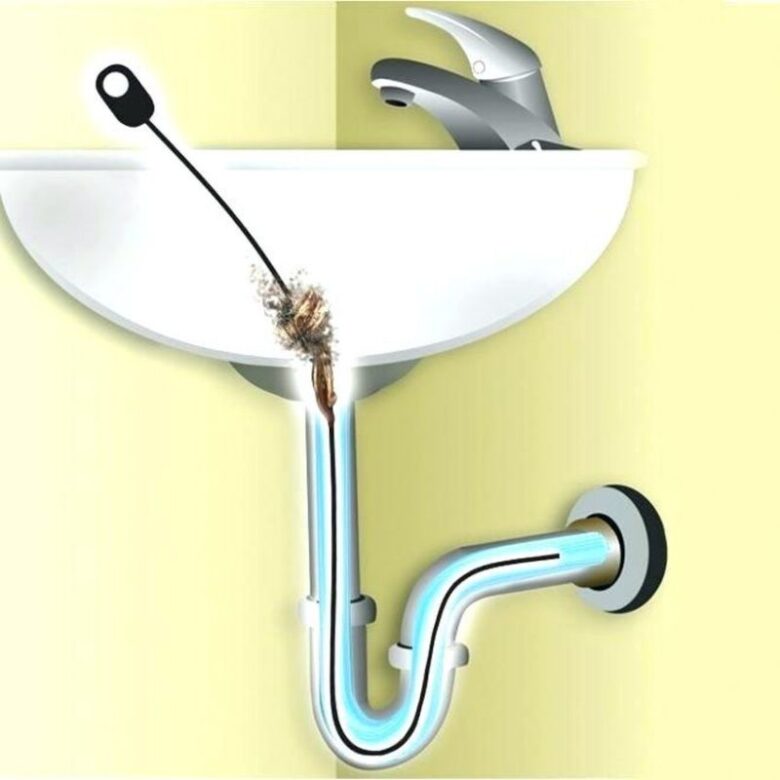A slow or backed up drain is one of the most common (and frustrating) issues you’ll encounter as a homeowner. Some drain problems are avoidable, while others are typically caused by normal use of the fixture. The good news is that most minor drain clogs can be fixed yourself. But, if you’re not sure how to do it yourself, after all, we recommend you to call in professionals such as reicheltplumbing.com and ask for help!
Four common drain issues
Toilet clog – Most toilet clogs occur when solid materials get stuck in the trap, which is a curved segment in the base of the toilet that prevents gases from coming up. Usually, the culprit is too much toilet paper being flushed at once. If the contents can get past the trap, the toilet will flush properly again.
To prevent a toilet clog, it’s very important that you do no flush any materials other than toilet paper, including paper towels, cotton balls, and feminine care products. Even wet wipes, which are marketed as flushable, do not break down the same way in water as toilet paper does.

Slow draining tub or shower – No matter how hard you try, it’s nearly impossible to avoid a drain issue with a tub or shower. Over time, hair, dirt, soap, body oils, and more can collect in the pipe below the drain. Usually, you’ll notice a slow drain but eventually, it can become fully blocked, leaving you with standing water in the tub.
Backed up sink drain – Similar to the tub drain, a sink can easily get backed up from normal use. However, it’s also common for other items – such as cotton balls, rings, contact lenses, and food – to get washed down the drain, which can get caught in the trap or pipe.

Blocked sewer line – If you have multiple drains around your house that are getting backed up at the same time, it may be a sign that you have a problem with your sewer line. It could be a blockage in the pipe or damage to the line from a tree root. Either way, this is a bigger problem than a regular clog and could result in sewage backing up into your home if not addressed quickly.
DIY drain cleaning equipment
Baking soda and vinegar – Ok, so technically this isn’t a piece of “equipment” but the combination can sometimes be an easy fix for a clogged sink or shower/tub drain. All you have to do is pour 1/3 cup of baking soda down the drain, followed by 1/3 cup of vinegar. Allow the mixture to fizz and loosen up the contents of the clog, then flush the drain with hot water.
This approach is a good alternative to liquid or gel drain cleaners you’d find at many stores. These products usually contain harsh chemicals that can damage your pipes. Use these products with caution, and if a clog doesn’t improve with the baking soda and vinegar method, you can move to these next potential solutions.

Plunger – It’s not fancy but the plunger can be very effective at resolving clogs in your toilet, sink, or tub. Place the rubber part of the plunger over the drain, and quickly move it up and down several times. The goal is to use air pressure to force the contents of the clog past the trap and through the pipe.
When used on a sink or tub drain, be sure to remove the pop-up stopper and plug the overflow with a rag to ensure proper suction. You can so put some petroleum jelly on the rim of the plunger to create a tighter seal.
Zip-It Drain Tool – For a sink or tub drain that you believe is clogged with hair, the Zip-It Tool is a good option to try. You can find this inexpensive tool at most home improvement or plumbing supply stores.
The Zip-It tool couldn’t be easier to use. Just insert it down the drain (you usually don’t have to remove the drain cover). Push it down as far as it will go, then pull it back out. The tool isn’t very long but it has small barbs that grab on to hair. If you pull out a big clump, that’s a good sign! Flush the drain with hot water and check to see if the draining has improved.

Drain snake – To reach down deeper into a drain and break up a tricky clog, you’ll need to use a drain snake (also called a drain auger). This tool has a long, thick metal wire that is spooled in a drum.
For this tool, you’ll need to remove the drain cover or pop-up stopper. Insert the snake and feed it down the drain until you feel it hit the resistance of the blockage. Next, spin the snake by rotating the handle – this will dig into the clog and hopefully break it up. While the snake is still down the drain, run the water for a few minutes, then pull the snake back up (contents of the clog may come up with it).
When to call in a professional

If you are unsuccessful at cleaning the drain yourself, then it’s time to bring in a professional plumber. You don’t want to poke and prod at your pipes too much, or you could risk causing a bigger issue.
A licensed plumber will have advanced tools like video inspection to find the location of the blockage, as well as more powerful drain cleaning equipment and techniques such as hydro jetting.
You’ll also want to call a plumber right away if you suspect a sewer line issue as was discussed earlier.


